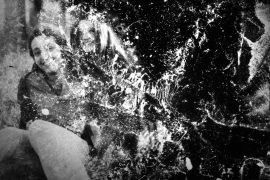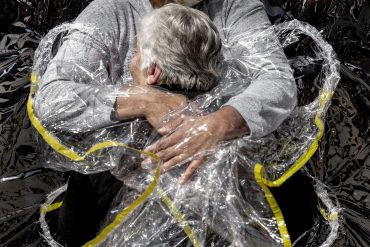by Dario Orlandi
_
Only in the fragmentary work, which renounces itself, the critical content is released.
(Theodor W. Adorno)
In his Philosophy of New Music of 1949 Theodor Adorno compared the progressive aspect of Schoenberg’s dodecaphonic music with the restorative aspect of Stravinsky’s compositions. What distinguishes the two approaches – noted the German philosopher – is Stravinsky’s musical thematism which is opposite to the dissolution that Schoenberg accomplishes in his musical work which, having become “fragmentary”, is also capable of “freeing the critical content”.
In the anthological exhibition that the Studio Marangoni Foundation has dedicated to Margherita Verdi (the school’s didactic director for over 20 years), the theme of the fragment emerges as recurring in the poetry of the Florentine photographer through variations of detail, shape, optical distortion, zoom effects and blur: these are methods of reduction, of specification and therefore, by counterpoint, of opening towards large and unexpected imaginary scenarios; in a word: critics.
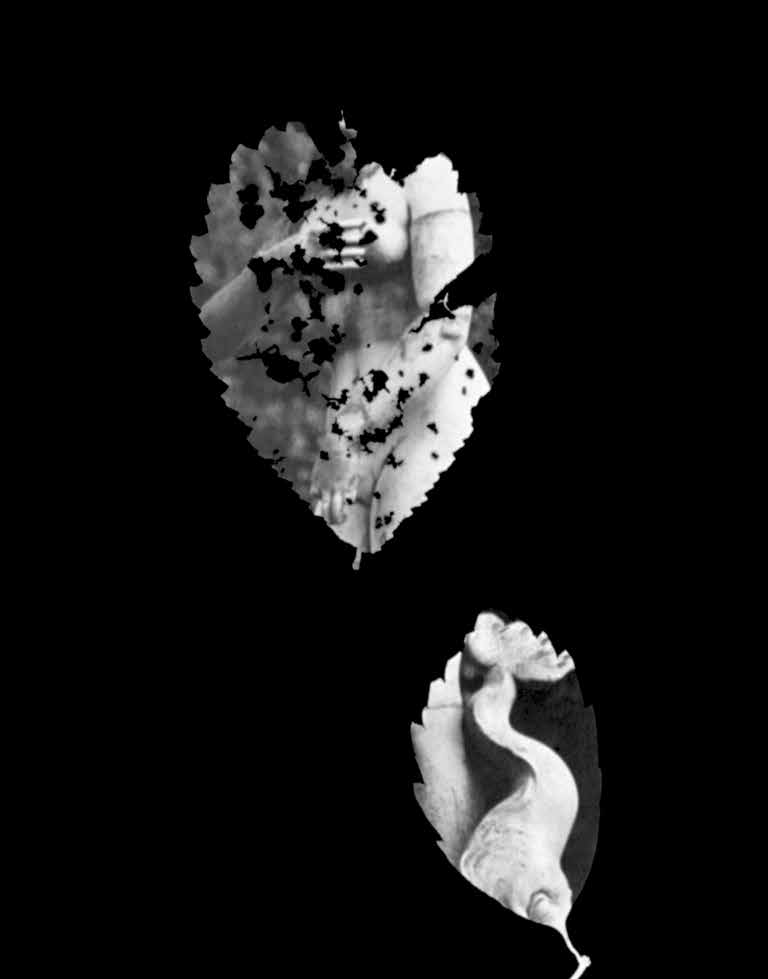
In Impronte (1983), silhouettes of leaves cut out glimpses of the statues of the Boboli Gardens, creating a double frame-content reading which sublimates the work of art in the natural and, vice versa, interpreting with refined sensitivity the union of man and nature created by the designers of the famous Florentine garden. Reading that returns, this time thanks to blur effects, in the 2006 Villa Peyron series.
The fragment takes the form of optical distortion in the domestic stories of Interni (1989) and of the controlled inaccuracy of the “Holga” in Desires & Fears (2005): the two works focus on details gathered in their natural and intimate simplicity, bringing back the narration in a whispered and authentic dimension.
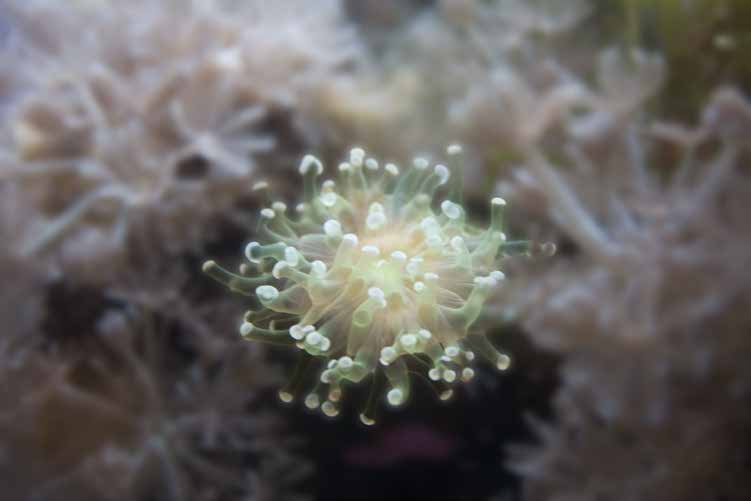
The indeterminacy, obtained thanks to various optical experiments that surrounds the natural elements of Acqua (1993), Botanic View (2004) and Parco Fluviale (2007), isolates and iconifies the shy beauty of portions of nature that, thanks to the strength of the fragment, obtain their aesthetic redemption. More scientific – in their selective gaze – the black and white images of Indizi terrestri (1994-1997) where the photographer obtains windows of clear vision in blurred surroundings, delivering the detail of the plants to a precise look that becomes abstraction, form of the natural.
Attention to the fragment becomes critical reflection in the details of aquarium plants (Aquarium, 2011-2017), normally considered accessories in the society of entertainment and rehabilitated here with legitimate beauty. The criticism becomes more severe in the intense images of Zoon (1996-2001), where the faces of caged animals emerge in a bleak radial effect that emphasizes the desire to escape, and in Invisibili (2019), series dedicated to the improvised shelters of the homeless in the Florentine subways.
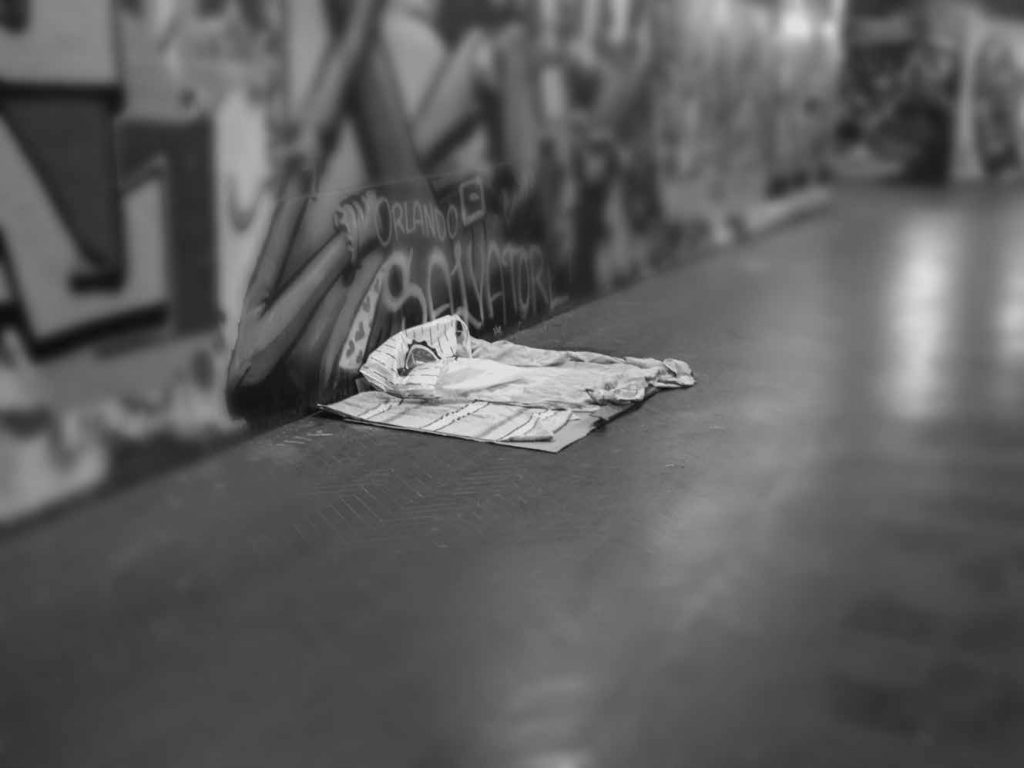
The exhibition ends with the reconciling gaze that emerges in Soul’s habitats (2009-2014), where the effect of blur uniforms and brings together places of worship of different traditions, hoping for a reunion in the transverse ineffability of the divine.
MARGHERITA VERDI | IMPRONTE
curated by Bärbel Reinhard
Fondazione Studio Marangoni
via San Zanobi 19/r, Firenze
until March, 21st 2020
Mon – Fri: 3:00 – 7:00 pm
Sat: 10:00 am – 1:00 pm or by appointment
free admission
March 3, 2020


